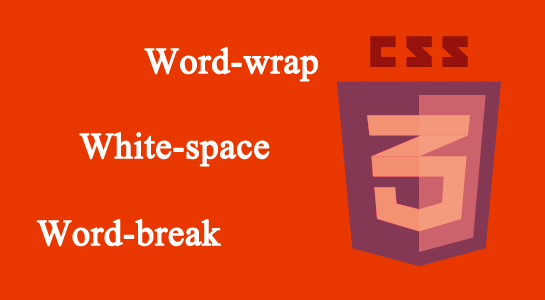The CSS @font-face Rule
Web fonts allow Web designers to use fonts that are not installed on the user’s computer.
When you have found/bought the font you wish to use, just include the font file on your web server, and it will be automatically downloaded to the user when needed.
Your “own” fonts are defined within the CSS @font-face rule.
Different Font Formats
TrueType Fonts (TTF)
TrueType is a font standard developed in the late 1980s, by Apple and Microsoft. TrueType is the most common font format for both the Mac OS and Microsoft Windows operating systems.
OpenType Fonts (OTF)
OpenType is a format for scalable computer fonts. It was built on TrueType, and is a registered trademark of Microsoft. OpenType fonts are used commonly today on the major computer platforms.
The Web Open Font Format (WOFF)
WOFF is a font format for use in web pages. It was developed in 2009, and is now a W3C Recommendation. WOFF is essentially OpenType or TrueType with compression and additional metadata. The goal is to support font distribution from a server to a client over a network with bandwidth constraints.
The Web Open Font Format (WOFF 2.0)
TrueType/OpenType font that provides better compression than WOFF 1.0.
SVG Fonts/Shapes
SVG fonts allow SVG to be used as glyphs when displaying text. The SVG 1.1 specification define a font module that allows the creation of fonts within an SVG document. You can also apply CSS to SVG documents, and the @font-face rule can be applied to text in SVG documents.
Embedded OpenType Fonts (EOT)
EOT fonts are a compact form of OpenType fonts designed by Microsoft for use as embedded fonts on web pages.
Using The Font You Want
In the @font-face rule; first define a name for the font (e.g. myFirstFont) and then point to the font file.
Tip: Always use lowercase letters for the font URL. Uppercase letters can give unexpected results in IE.
To use the font for an HTML element, refer to the name of the font (myFirstFont) through the font-family property:
Example
@font-face {
font-family: myFirstFont;
src: url(sansation_light.woff);
}
div {
font-family: myFirstFont;
}
Using Bold Text
You must add another @font-face rule containing descriptors for bold text:
Example
@font-face {
font-family: myFirstFont;
src: url(sansation_bold.woff);
font-weight: bold;
}
The file “sansation_bold.woff” is another font file, that contains the bold characters for the Sansation font.
Browsers will use this whenever a piece of text with the font-family “myFirstFont” should render as bold.
This way you can have many @font-face rules for the same font.







Leave A Comment